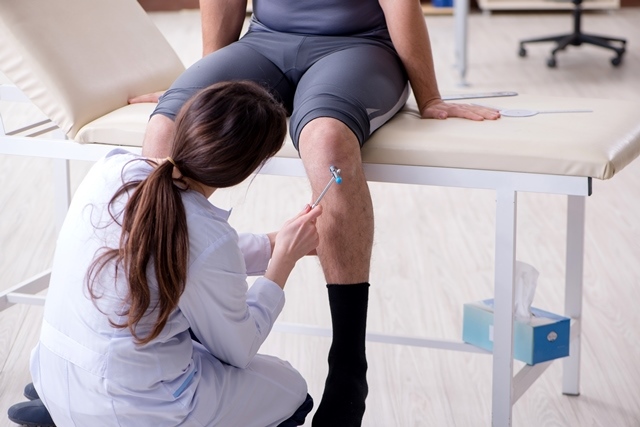Knee Surgeon

Physical therapy is a great tool for helping people reduce their pain and resume their normal activities. The type of
treatment for an injury may enable people to avoid invasive surgeries, and it can be an indispensable component of recovery after a surgery. If you are beginning a physical therapy regimen, you may have to see a provider once or twice a week, and you will likely be assigned exercises to do at home. Your physical therapist will monitor your progress closely to make sure that you are seeing the right type of results, as a knee surgeon from a local center such as Premier Osteoarthritis Centers of Pennsylvania can explain. Here are some ways that a physical therapist will evaluate your recovery.
Mobility
After a knee injury, many people have a significantly limited range of motion. A primary goal of therapy may be regaining mobility. This is particularly important after a surgery. Without exercises, someone could heal with a permanently limited range of motion.
When you first start working together, a physical therapist may take some measurements about how much you can move your knee joint or extremity. Little by little, enhancing your range of motion will show that you’re making progress.
Pain Levels
Another one of the most important goals of physical therapy is alleviating pain. Not every type of physical therapy involves rigorous exercise. In fact, some parts of a session may be wholly dedicated to pain management. Examples of this type of treatment include massage, hot or cold compresses, and electric stimulation.
Reducing pain during a physical therapy session is a good way to gage what is effective. In addition, your general pain levels outside of sessions are a good barometer of how beneficial they have been.
Strength
It may seem counterintuitive, but exercises that build strength can alleviate pain. When you can build muscles that support an injured area, you may be less likely to experience pain and inflammation. The stronger an area becomes, the more progress you make. A physical therapist will keep a close watch on how easily you are able to perform certain exercises.
Your ability to build muscular endurance and perform exercises are good metrics to measure progress. Depending on your progress, your physical therapist may decide to make some changes to your routine to help you keep improving.
You won’t notice a significant difference right away, and you have to be prepared to do a lot of hard work that may feel somewhat uncomfortable at times. Nevertheless, your patience and perseverance with therapy may help you see great results. Contact your knee surgeon today if you are not sure whether you should see a physical therapist after a knee surgery.
